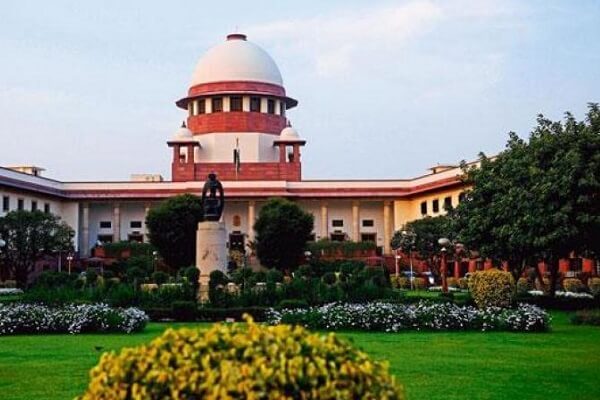In order to enforce the law and solve the disputes, judiciary system is formed. Judiciary System is also known as Court System. All the kind of cases such as attempt to murder, theft, accident, etc. are solved under Judiciary System. Judiciary System consists of Judges and other migrates which they form a bench and carry out the judiciary system.
Below present Objective Type Questions and Answers are related to Indian Judiciary. So, the questions and answers will help you for the preparation of Indian Judicial Service Examination and other Competitive examinations.
Answers are in BOLD
#1. Who held the power to increase the number of judges in the Supreme Court?
Parliament
Ministry of Law
President
Prime Minister
#2. Which one of the following is NOT the main jurisdiction of the High Court of a State?
Original Jurisdiction
Supervisory Jurisdiction
Appellate Jurisdiction
Advisory Jurisdiction
#3. The chief justice of a High Court is appointed by
Governor
President on the advice of Governor of the state concerned and the chief Justice of India
President
Chief Justice of India
#4. Who is the final authority to interpret the constitution?
The Lok Sabha
The Parliament
The Supreme Court
The President
#5. The federal court of India was established in
1935
1947
1950
1930
#6. Which of the following High Courts is the second oldest in India?
Calcutta High Court
Allahabad High Court
Bombay High Court
Madras High Court
#7. The Chief Justice (or a judge) of the High Court can be removed by the
Governor
Union Home Ministry
Chief Justice of the Supreme Court
Same procedure as for the Judges of the Supreme Court
#8. District Judges in a state are appointed by the
Governor
Council of Ministers of the State
Advocate General of the State
Chief Justice of High Court
#9. The system of Public Interest Litigation has been introduced in India?
by a parliamentary act
by judicial initiative
through constitutional amendments
by political parties
#10. Who among the following appoints the acting Chief Justice of India?
Chief Justice of India with previous consent of the President
President in consultation with the Chief Justice of India
President
Chief Justice of India
#11. The oath to a High Court Judge is administered by the
Governor
Chief Justice of India
President
Chief Justice of that High Court
#12. The salaries and allowances of the Judges of the High Court are charged to the
Consolidated Fund of India
Contingency Fund of the state
Contingency Fund of India
Consolidated Fund of the State
#13. When was the when a Mayor’s Court in Madras, Bombay and Calcutta was established by the East India Company?
1789 AD
1726 AD
1678 AD
1710 AD
#14. Which of the following court in India established under the regulating act of 1773 AD?
Civil disputes for District Diwani Adalat and criminal disputes for District Fauzdari Adalats.
Supreme Court of India
Supreme Court of Fort William
None of the above
#15. The bighest and the final Judicial Tribunal of India is
Union Cabinet
President
Supreme Court
Parliament
#16. Which of the following High Court has Jurisdiction over more than one State/Union Territories?
Chandigarh
Guwahati
Kolkatta
Mumbai
#17. How of the following decides the number of Judges in the High Court?
President
Parliament
Prime Minister
The Chief Minister of the State
#18. Disputes between the states of India Comes to the Supreme Court under
Appealent Jurisdiction
Advisory Jurisdiction
Original Jurisdiction
None of theses
#19. Who of the following is at the apex of the subordinate criminal courts ?
High Court
Court of District Judge
Supreme Court
Court of Sessions Judge
#20. Who is empowered to transfer the Judge from one High Court to another High Court ?
Chief Justice of India
President of India
Union Cabinet of India
Law Minister of India
#21. The main function of Judiciary is ?
Law Adjudication
Law Formulation
Law Application
Law Execution
#22. How many types of writs can be issued by the Supreme Court ?
Six
Five
Four
Three
#23. Implementing laws is the function of______________________.
Legislative
Judiciary
Cabinet
Executive
Article last re-published on August 4, 2020.
